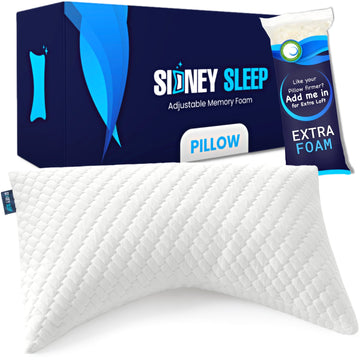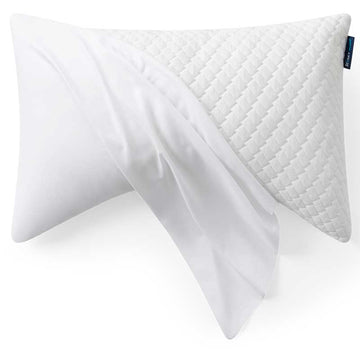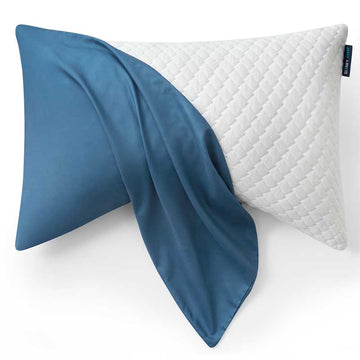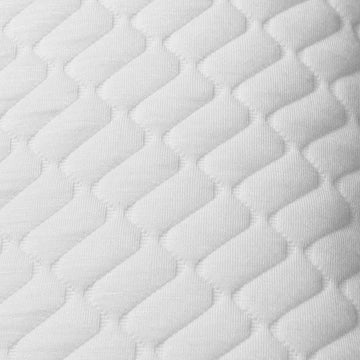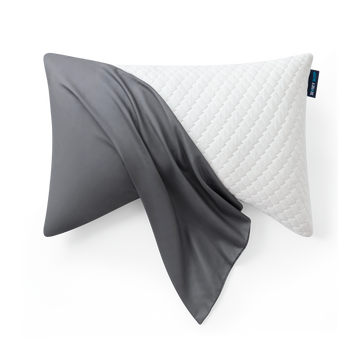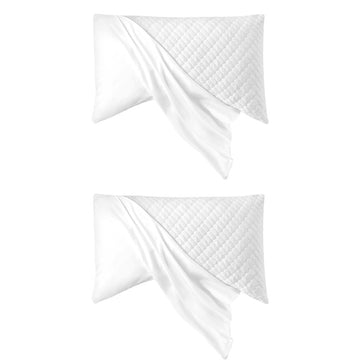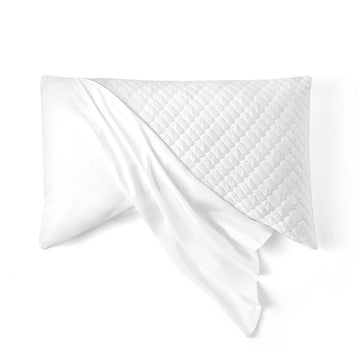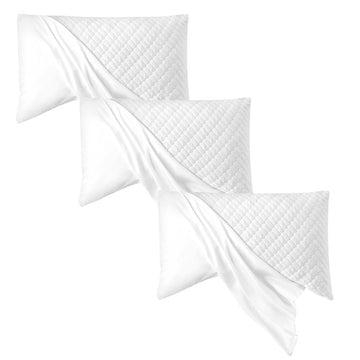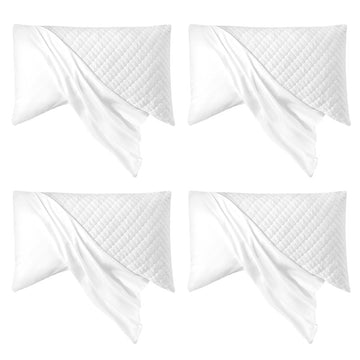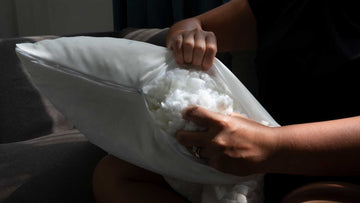A good night's sleep is essential for overall health and well-being, and your pillow plays a crucial role in achieving restful slumber. But how often should you change your pillow to maintain optimal comfort and hygiene? In this comprehensive guide, we'll explore expert recommendations, delve into the health implications of old pillows, and provide practical tips for choosing and maintaining the perfect pillow for your needs.
Why Replacing Your Pillow Matters
Over time, pillows accumulate dust mites, dead skin cells, sweat, and allergens that can affect your health and sleep quality. An old or unsupportive pillow can lead to neck pain, headaches, and restless nights. Regularly updating your pillow ensures you receive proper support and reduces exposure to allergens.

|
Expert Opinions on Pillow Replacement
|
Recommended Pillow Replacement Frequency
- Every 1 to 2 Years: The National Sleep Foundation recommends replacing your pillow every 1 to 2 years to maintain optimal support and cleanliness.
Factors Influencing Replacement Timing
-
Pillow Material
- Memory Foam Pillows: Replace every 2 to 3 years. They are durable but can lose shape over time.
- Feather or Down Pillows: Last about 1 to 2 years. They can clump and lose fluffiness.
- Polyester (Synthetic) Pillows: Need replacing every 6 months to 2 years, as they flatten quickly.
- Latex Pillows: Can last up to 3 to 4 years due to their resilience.
-
Allergies and Health Concerns
- Allergy Sufferers: Should consider replacing pillows every 6 months to 1 year to minimize allergen exposure, according to the Asthma and Allergy Foundation of America.
- Asthma Patients: Regular replacement and use of hypoallergenic pillows can reduce respiratory irritants.
-
Usage and Care
- Sleeping Habits: If you sleep heavily or sweat profusely, your pillow may wear out faster.
- Maintenance: Regular cleaning and use of protective covers can extend a pillow's lifespan.
Signs It's Time to Replace Your Pillow
-
Loss of Support
- The pillow feels lumpy or flat.
- You wake up with neck, shoulder, or back pain.
- The pillow doesn't regain shape after folding.
-
Allergy Symptoms
- Increased sneezing, runny nose, or watery eyes upon waking.
- Worsening asthma symptoms during the night.
-
Visible Wear and Tear
- Presence of stains or discoloration.
- Persistent odors even after washing.
- Tears or frayed edges.
Health Implications of Old Pillows
- Allergen Accumulation: Dust mites and mold can thrive in old pillows, triggering allergies and asthma.
- Skin Issues: Bacteria buildup can lead to acne and skin irritation.
- Poor Sleep Quality: Lack of proper support can cause discomfort, leading to restless sleep.
How to Maintain and Extend the Life of Your Pillow
-
Use Pillow Protectors
- Invest in zippered, allergen-resistant covers.
- Wash protectors monthly to keep them clean.
-
Regular Cleaning
- Washing: Follow manufacturer instructions. Some pillows are machine-washable; others require spot cleaning.
- Drying: Ensure pillows are completely dry to prevent mold growth.
-
Fluff and Air Out
- Fluff pillows daily to maintain shape.
- Air out pillows in sunlight monthly to eliminate odors and moisture.
-
Avoid Moisture Exposure
- Keep pillows away from damp environments.
- Use moisture-wicking pillowcases if you sweat at night.
Additional Tips for Better Sleep Hygiene
- Replace Bedding Regularly: Sheets and pillowcases should be washed weekly.
- Maintain a Clean Sleep Environment: Dust and vacuum your bedroom regularly to reduce allergens.
- Establish a Sleep Routine: Consistent sleep schedules improve sleep quality.
Frequently Asked Questions (FAQs)
How do I know if my pillow is still good?
Perform the Fold Test: Fold your pillow in half and see if it springs back to its original shape. If it stays folded, it has lost support and needs replacing.
Can washing my pillow extend its life?
Yes, regular washing can remove allergens and extend usability. Always follow the care label instructions to prevent damage.
Are there pillows that last longer than others?
Yes, materials like high-quality latex and memory foam generally have longer lifespans due to their durability.
What should I do with my old pillow?
Consider recycling or repurposing it. Use it for pet bedding, cushioning, or check for local textile recycling options.
How often should allergy sufferers replace their pillows?
Allergy sufferers should replace pillows every 6 months to 1 year and use allergen-resistant covers to minimize exposure.
Conclusion
Regularly replacing your pillow is a crucial aspect of maintaining good sleep hygiene and overall health. By paying attention to the signs of wear and following expert recommendations, you can ensure restful sleep and reduce potential health risks. Invest in a pillow that suits your sleep position and needs, maintain it properly, and don't hesitate to replace it when the time comes.

